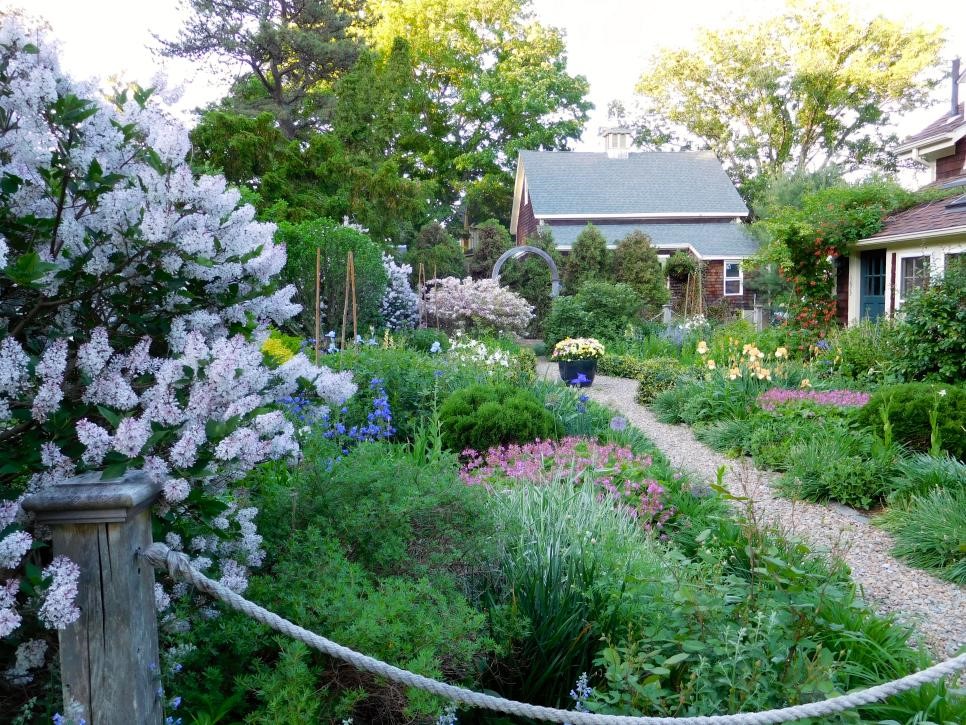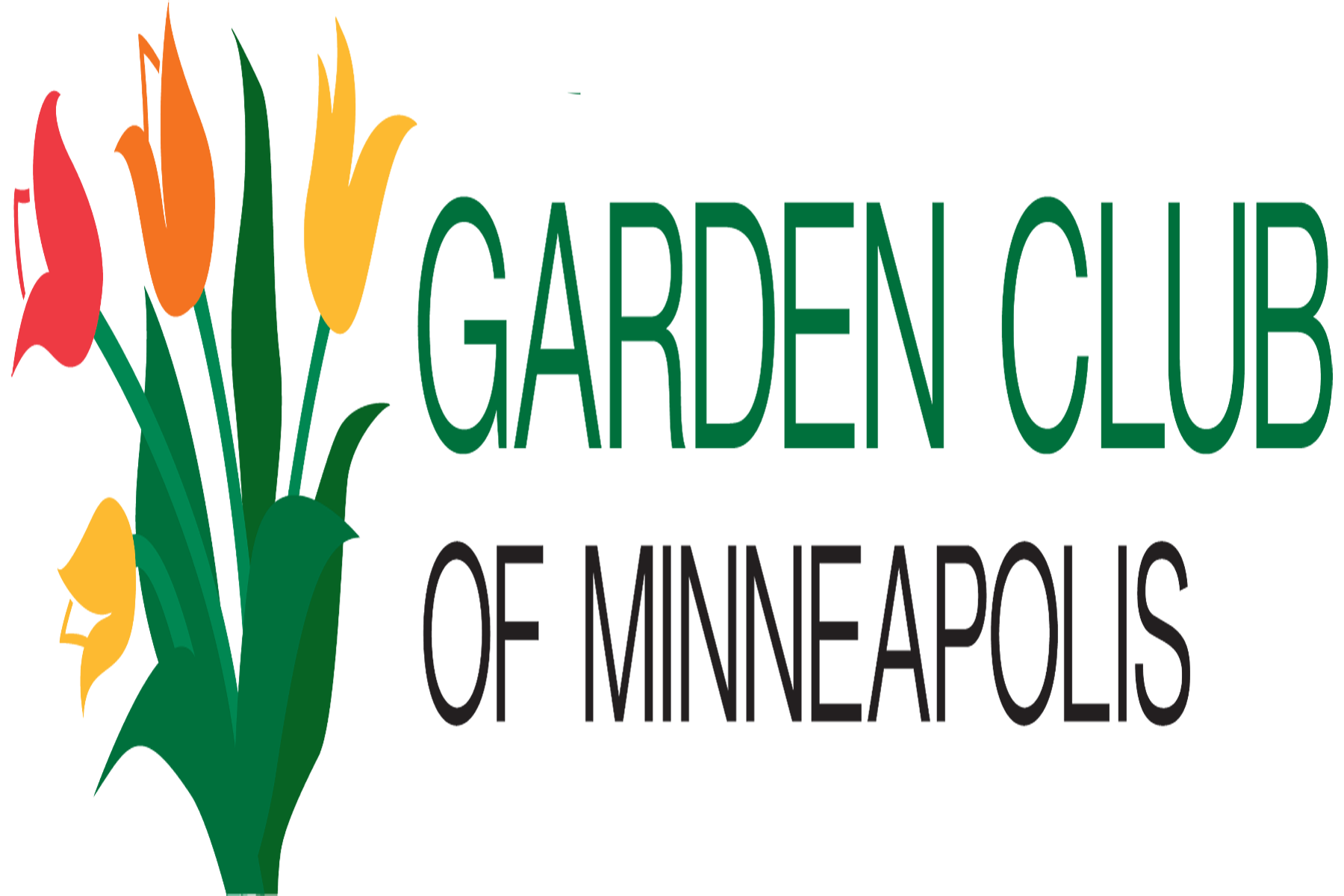Is an English Cottage Garden for You?
By definition, the cottage garden is a distinct style that uses informal design, traditional materials, dense plantings, and a mixture of ornamental and edible plants. English in origin, it depends on grace and charm rather than grandeur and formal structure. Cottage gardens are intentionally casual.
One of the most important factors to consider is the time it takes to maintain a cottage garden. They may appear to be a chaos of closely planted varieties of plants and vegetables, upkeep is key. If there’s a failing in cottage gardening, it’s the idea that the garden can take care of itself. The truth is far from it! A cottage garden can be high maintenance. Some flowers will become thugs, squeezing out others. Self-sowing plants can quickly get out of hand. Perennials will need periodic dividing or they will die out. Keep in mind too that with so many flowers, deadheading becomes time-consuming, but the alternative is a lot of past-prime flowers. But don’t be discouraged, just start small.

Photo by Andrew Grossman
Got Room?
These types of gardens work well on large and small lots. So, if you’re the owner of a small, urban home, don’t be discouraged. You don’t have to live in a picture-postcard thatched cottage in the English countryside for this type of garden design. The look can work just as well on a smaller scale for a flower-filled city garden. One of the advantages to a cottage garden is you can start small.
4 Key Characteristics of a Cottage-Style Garden
- Hardscape details: A picket fence, an iron gate, a brick or stone pathway, and a traditional arched arbor can instantly create the feeling of a quaint, old-time garden. Benches, flower urns, other garden accessories and structures can heighten the sense of style as well.
- An abundance of plants: “Abundance,” “exuberance,” and “jumbled” are all words to describe the way the plants fill and overflow the flowerbeds. Be sure to use enough of one type of plant to give a full look without a confused look of odds and ends of plants tossed together. There is a method to the madness of such places: make drifts of grouped plants in odd numbers like five or seven.
- Roses: The planting scheme will benefit from the addition of roses. There are all types of roses from climbing, to shrub-types to ground covers.
- Careful and consistent maintenance: Intensively cultivated, regular maintenance of plants, soil and weeding is needed when flowers are grown this way. This nostalgic style is a labor of love—the love of the plants!
- Note: The addition of vegetables in your cottage garden is a definite advantage. Who wouldn’t want some cherry tomatoes or purple sage growing next to your coneflowers? Cherry tomatoes right off the vine are a great snack while tending your garden!
You will want to combine spring flowering bulbs, ground covers, flowering and non-flowering shrubs, perennials and annuals. The color pallet of a typical cottage garden is pink, purple, white, green, blue, and yellow. But you don’t have to follow these rules!
Here is a short list of plants found in Cottage Gardens:
- Peony
- Roses
- Delphiniums
- Foxglove
- Daisy
- Wild Geranium
- Hydrangea
- Cosmos
- Snapdragon
- Bellflower
- Lavender
- Catmint
- Asiatic Lily
- Hosta
- Sage
- Phlox
- Columbine
- Dianthus
- Aster
- Clematis
Connect with us to set up a consultation for an English garden installation at your home!
Sources: Wikipedia
HGTV
?????





